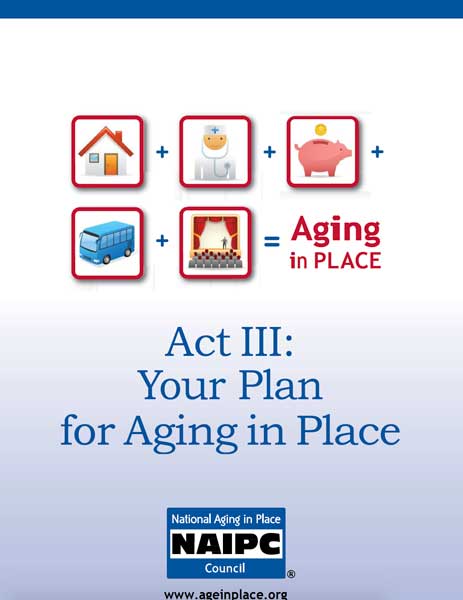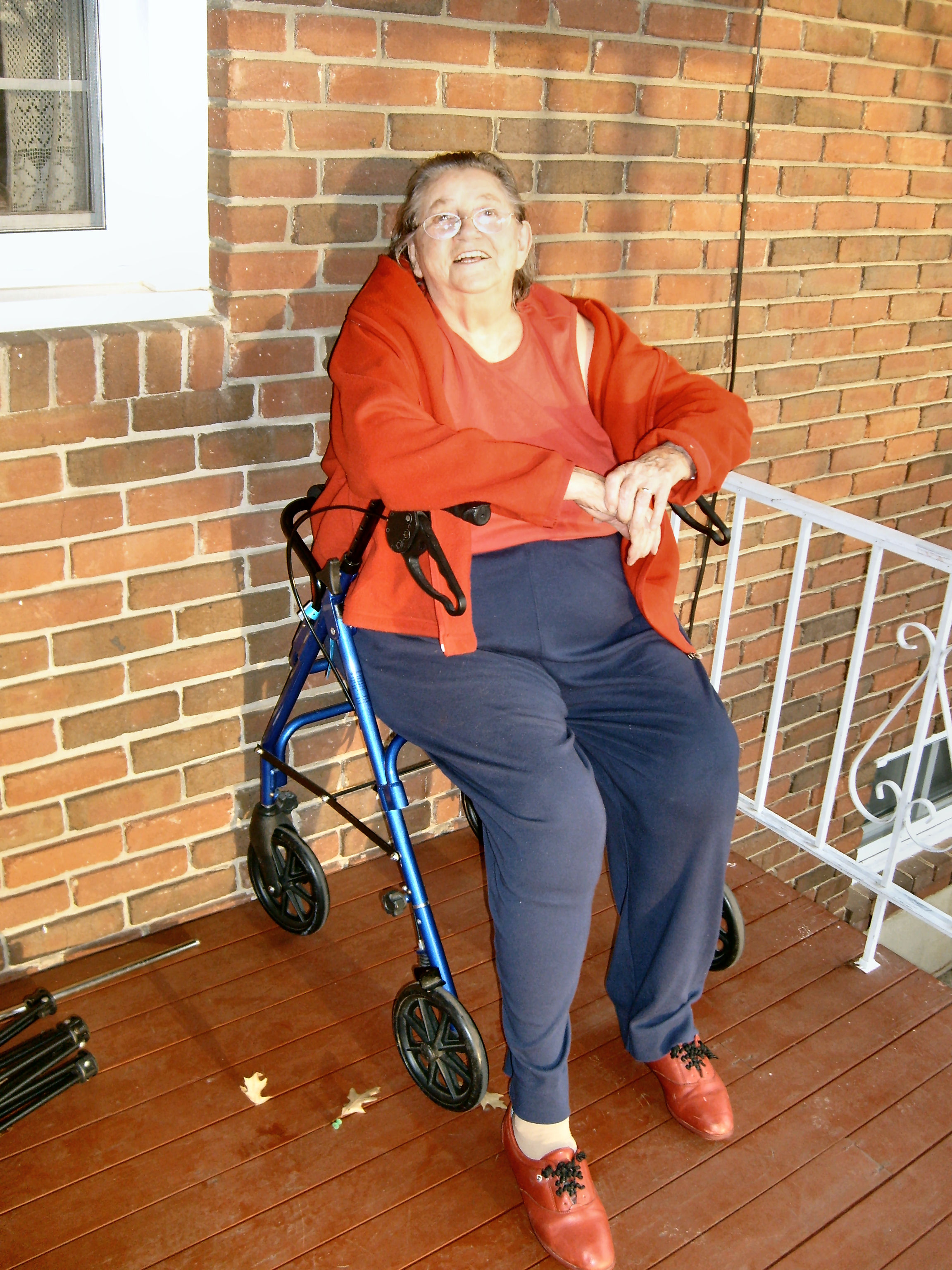As the percentage of older Americans continues to swell, the search for innovative housing models continues. While new senior living communities continue to spring up, a large percentage of seniors strongly prefer living in private homes. However, the vast majority of private homes could be characterized as “Peter Pan Housing”, in other words, houses built for people who never grow old. Many people find themselves struggling with stairs, narrow doorways, slippery floors, and other accessibility challenges as their mobility needs change due to health conditions or normal aging. Falls become a huge concern as people get older, with two out of three adults over the age of 65 falling each year. Many of these falls result in serious injuries that make living independently difficult or impossible. Many older adults who have been homeowners for many years find themselves house rich and cash poor. Reverse mortgages are presented as a solution to those in this situation, but if the home is not a good fit for their current needs, it may not be a good solution for them. I have been thinking for some time that if there were small, universally designed, affordable housing available, it would give people the option of selling their homes, buying the smaller home, and living on the difference. Many currently available options, such as patio homes, tend not to be universally designed or affordable.
One interesting development that seeks to fill this need for universally designed affordable, small housing units is the Minka house. The word Minka is Japanese for “house for regular people”. The Minka house is a one bedroom house with a living room, kitchen, and accessible bathroom. It is built using a post and beam system and structural insulated panels. The components are cut in a factory, shipped flat on a single tractor trailer, and can be assembled in a matter of days. The standard size Minka is 640 square feet. The concept was developed by Dr. Bill Thomas. Dr. Thomas has a background in nursing home care and has been developing ideas to change the landscape of caring for seniors throughout his career. All of his projects have been shaped by the idea that people have an inherent right to shape their own destiny throughout the course of their lives. I share this belief with him. I believe that we lose something as a society when we segregate our seniors into their own little enclaves. We live richer lives when we have the benefit of the wisdom and life experience of our older residents around us throughout our lives.
There is currently a model Minka house at the University of Southern Indiana in Evansville, Indiana. The model house is the culmination of a year-long pilot project titled Multi-Ability, multi-Generational, Inclusive Community (MAGIC) and is being funded by USI, the USI Foundation and supported by AARP, which has worked with Thomas previously on projects related to aging. I think it is encouraging to see that there are people thinking about and developing new and innovative models to facilitate freedom of choice in how we live our lives throughout all stages of our lifespan. With 10,000 baby boomers turning 65 each and every day and the oldest baby boomers starting to turn 74 in a few months, it is important that we have plans in place to care for our seniors. I am excited about being a part of providing housing solutions for this rapidly increasing part of our population. If you would like more information about housing options for you or a loved one, please call me at 540-384-2064.


